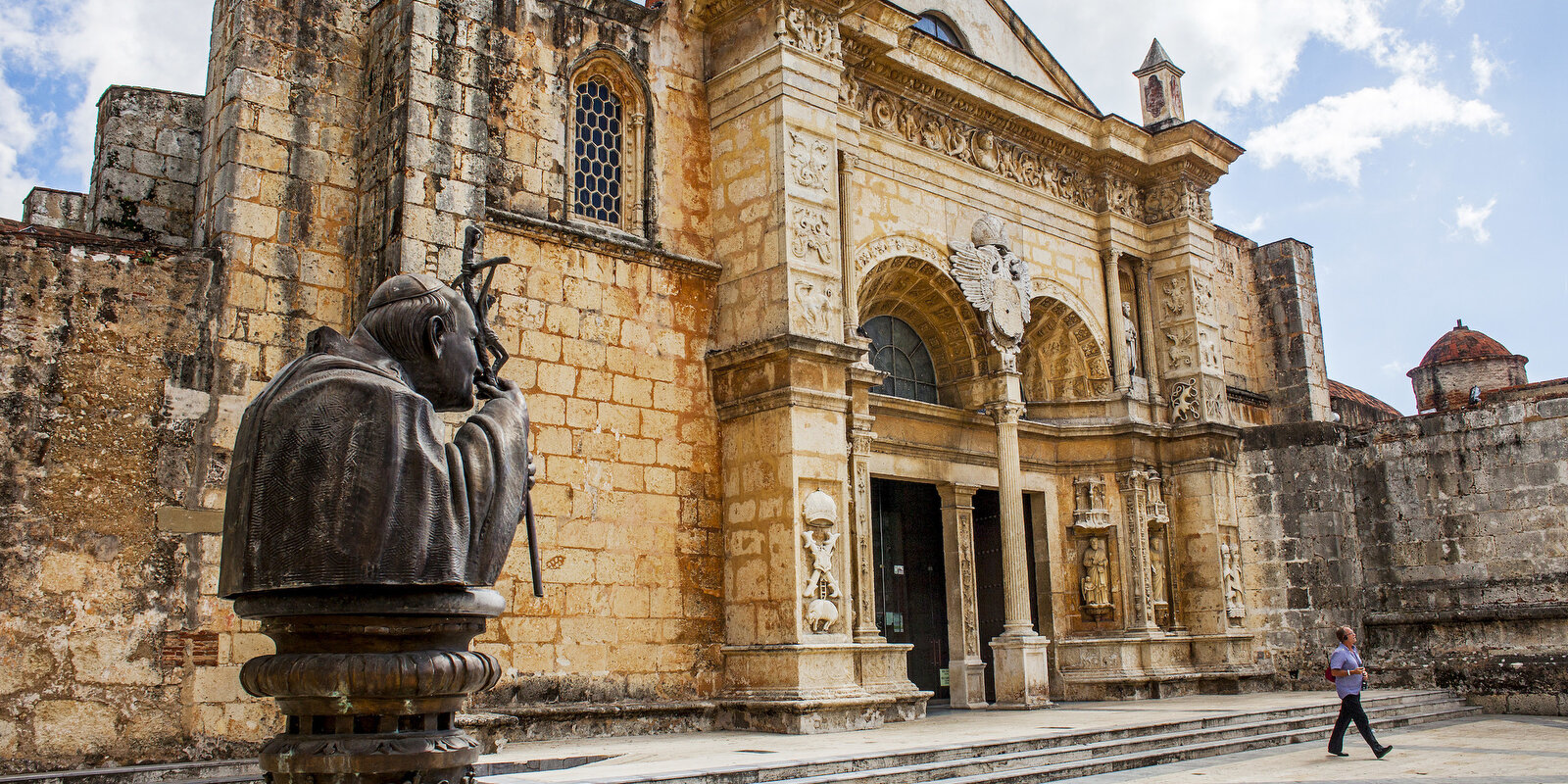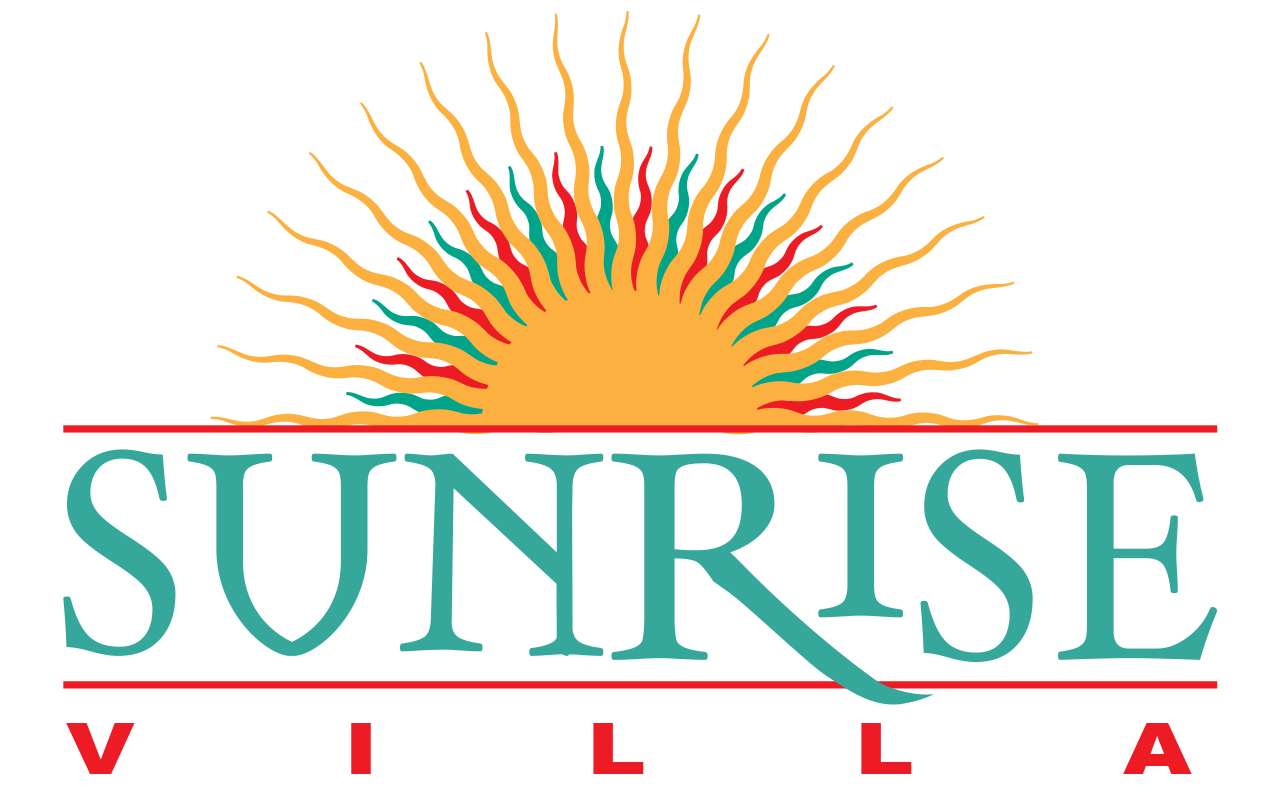1.
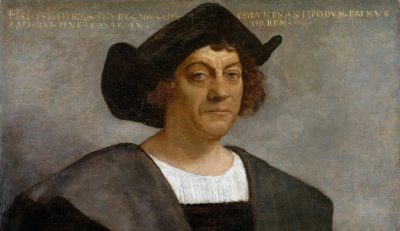 In 1492, Christopher Columbus founded Santo Domingo, the first European settlement on the island of Hispaniola. Hispaniola separated into Haiti and Santo Domingo in 1804. Haiti ruled over the entire island until the Dominican Republic finally gained independence in 1844. Columbus’s influence in the country’s early history is so admired that they dedicated the Faro a Colon lighthouse to his memory in 1992, the 500th anniversary of his arrival.
In 1492, Christopher Columbus founded Santo Domingo, the first European settlement on the island of Hispaniola. Hispaniola separated into Haiti and Santo Domingo in 1804. Haiti ruled over the entire island until the Dominican Republic finally gained independence in 1844. Columbus’s influence in the country’s early history is so admired that they dedicated the Faro a Colon lighthouse to his memory in 1992, the 500th anniversary of his arrival.
2. Independence day was February 27, 1844, but it wasn’t smooth-sailing from there
Even though the Dominican Republic gained independence from Haiti, Spanish colonists continued to occupy the young nation until the Dominican Restoration War. The war lasted from 1863 to 1865 when the last of the Spanish were finally driven out.
3. Santo Domingo is the capital city of the Dominican Republic
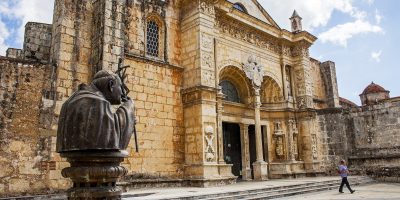
Cathedral of Santa Maria la Menor 1514, UNESCO World Heritage Site, Santo Domingo, Dominican Republic.
Cathedral of Santa Maria la Menor 1514, UNESCO World Heritage Site, Santo Domingo, Dominican Republic.
Santo Domingo was the first permanent European settlement in the new world. That makes this city the oldest city in the Western Hemisphere. Santo Domingo is also the location of Catedral de Santa Maria La Menor. Erected in 1540, the structure is widely believed to be the oldest Catholic cathedral in the Americas. Santo Domingo was declared a world heritage site by UNESCO in 1990. In 2010, it was selected as the “cultural capital of the Americas.”
4. The Dominican Republic receives 5 million visitors a year
This number is expected to double by 2023. Tourism is the top industry in the Dominican Republic. The country is also the top destination for weddings and honeymoons. Luckily for its tourists, the Dominican Republic has more restaurants than any other Caribbean country. Most tourists are from the United States or Canada.
5. Their national sport is baseball
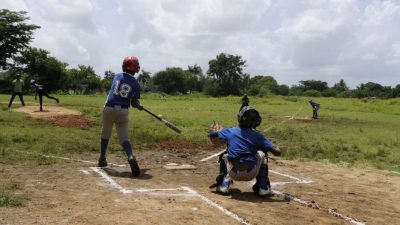 From the outside, it may appear that baseball is as Dominican as speaking Spanish. Most Dominican children grow up playing baseball with their friends. The Dominican Republic is the second producer of Major League Baseball players, with the first being the United States. The baseball player Juan Marichal is the only Dominican player in the Baseball Hall of Fame.
From the outside, it may appear that baseball is as Dominican as speaking Spanish. Most Dominican children grow up playing baseball with their friends. The Dominican Republic is the second producer of Major League Baseball players, with the first being the United States. The baseball player Juan Marichal is the only Dominican player in the Baseball Hall of Fame.
6. The Dominican Flag can mean two different things
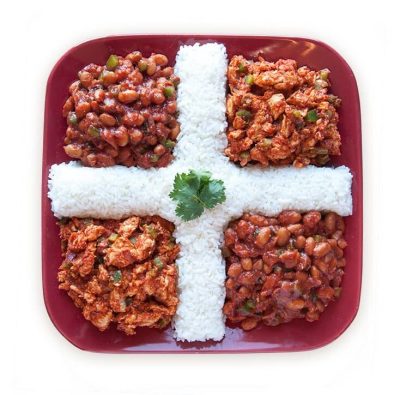
The national flag of the Dominican Republic is the only flag in the world to incorporate an image of a Bible. The “Dominican flag” is also the name of the national dish which consists of rice, beans, and some sort of meat, such as chicken or steak, also called La Bandera. The ingredients evoke the colors red, white, and blue. These are the colors featured on the actual Dominican flag.
7. Coffee is the national drink
Coffee is a cash crop for the Dominican Republic. Along with sugar and tobacco, coffee is the country’s biggest export product. Most locals prefer to drink it hot with lots of sugar
8. The Dominican Republic has some of the most beautiful beaches in the world
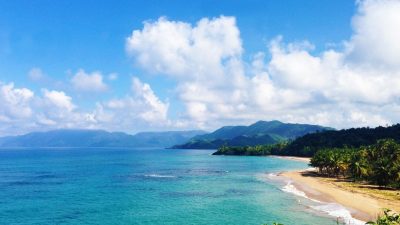
Samana Beach, Dominican Republic
This is actually proven. The Dominican Republic has more Blue Flag beaches than any other country in the Caribbean. The Blue Flag designation means the beach in question meets strict international standards for quality, safety, and cleanliness.
Samana Beach
9. The Dominican Republic has a vibrant ecosystem
Forty percent of the Dominican Republic is covered in forests which house a bewildering variety of animals. Scientists have identified 306 species of birds within the country’s borders. A threatened species of iguana, the rare rhinoceros iguana, is also found in the Dominican Republic. Lago Enriquillo in the southwestern region is the largest salt lake in the world and home to 400 American crocodiles.
10. The climate is described as an “endless summer”
A typical day in the Dominican Republic is sunny and warm. The exception would be during hurricane season, which lasts from June to October.
11. Dominican rum is renowned the world over
The nation’s rum is known for its smoothness and pleasant taste, thanks to a unique distilling and aging process. With Dominican rum labels, you can’t go wrong with the three B’s: Brugal, Barcelo, and Bermudez. Siboney and Vizcaya two other well-respected and high quality brands of Dominican rum. Distillery tours and rum tastings are popular activities among tourists who visit the Dominican Republic. Anyone who enjoys Dominican rum back home might like to know it’s much cheaper to buy it at the source.
12. Their government is a presidential republic
And their current president is Danilo Medina. Their constitution guarantees all citizens the right to vote except for convicted criminals, members of the national police, and people serving in the armed forces.
13. Whale-watching season is from December to March
This is when humpback whales migrate to Samana Bay or Cabrera for mating. Samana Bay is also home to Bacardi Island, the vista made famous by the iconic Bacardi ads.
14. Their official currency is the peso
In 2019, the Dominican peso (DOP) is equivalent to approximately 2 cents in the U.S.
15. The Dominican Republic is the only country that produces Larimar
Larimar is a rare form of a silicate mineral called pectolite. Pectolite is normally grayish or pale yellow, but larimar is a striking blue. Because of its attractive blue and green tones, larimar is used primarily in jewelry making, and larimar jewelry is a common sight in Dominican souvenir shops.
16. Merengue is the national dance and music
Merengue gets its name from a dessert of egg whites whipped with sugar. The texture of “merengue” is frothy and light, like the effervescent style of the Dominican dance and the quick tempo of its music.
17. The Dominican Republic has an area of 48,670 km
The land area occupied by the Dominican Republic is barely larger than two New Hampshires combined, or about one-tenth the size of California. New Hampshire is one of the smallest states in the U.S. To Americans, the Dominican Republic may seem pretty small!
18. The Dominican Republic has some of the world’s richest deposits of amber
Dominican Amber Museum in Puerto Plata is one of the country’s most-visited attractions. It houses extraordinary examples of amber, which can be mined locally. A notable specimen in their collection is a piece of amber with a prehistoric mosquito encased inside.
19. Punctuality is not a thing in the Dominican Republic.
Perhaps one of the most mind-boggling Dominican Republic facts is their apparent indifference towards timekeeping. Dominicans might seem chronically late compared to non-Dominicans. Punctuality just isn’t as important in Dominican society compared to the rest of the world. Here, appointment times are more like suggestions, and it’s not unusual to have someone appear up to an hour after they’re expected.
20. FAMILY IS EVERYTHING.
While punctuality isn’t a priority, there is a huge emphasis on family values in Dominican culture. Loyalty to family is the most important thing above all else. Many Dominicans even prefer living in joint-family systems. This loyalty to family attitude extends to the greater community, which contributes to the Dominicans’ sense of national pride.

